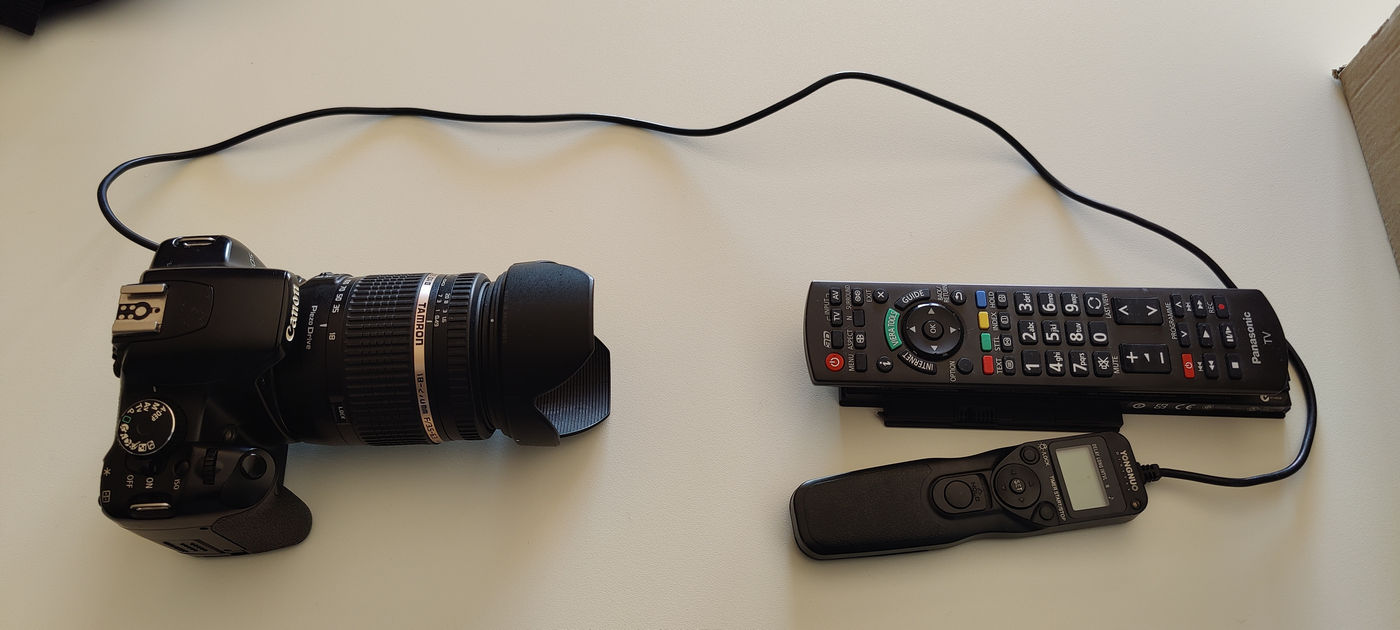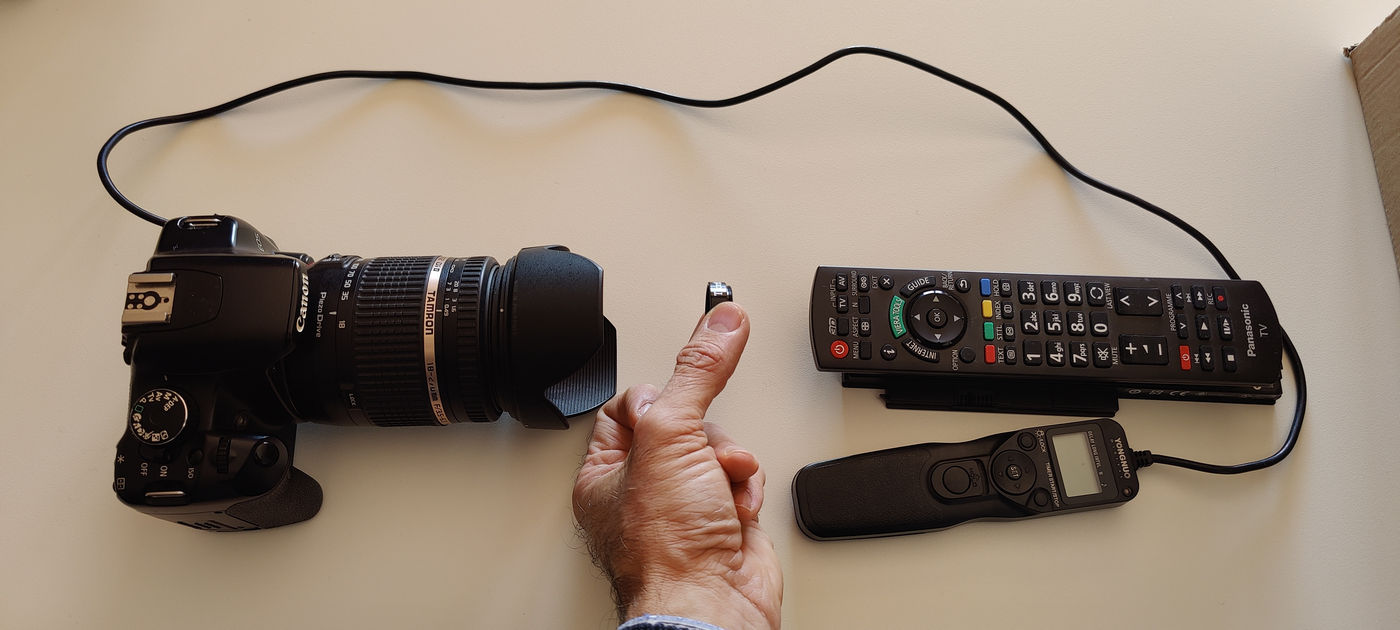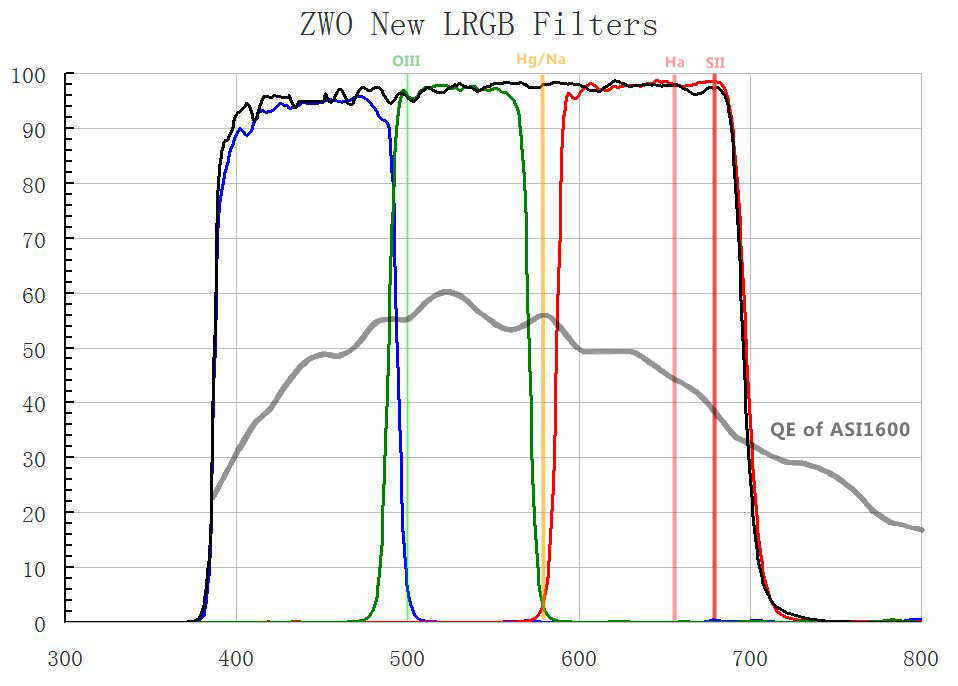Nowadays color filters (RGB) are commonly used with monochrome cameras to image deep-sky and solar system objects (mainly, planets) in order to obtain color composites.
Most CCD and CMOS cameras have a spectral sensitivity curve that extends beyond the visible light range (400-700 nm wavelength). In particular, most of these cameras can sport a good spectral response in the near infrared (IR), at wavelengths in the 700-1000 nm range.
Purposely acquiring in the near IR through a IR-pass filter can benefit especially high-resolution planetary imaging, because the effects of atmospheric turbulence become less important in the near-IR, which yields increased contrast and detail. However, problems can arise if wideband RGB color filters are used that do not block IR, because this will result in color spillover and altered color balance both in deep-sky and planetary imaging.
Most interferential filters for CCD imaging correctly block IR, but this is not always true of dichroic or low-end color filters. In this article I describe a simple but effective method to check whether your color filters are IR-transparent or not. Here’s the checklist for the experiment:
The underlying principle is that remote controls that come with household appliances have a diode that emits in the near IR at about 900-950 nm wavelength, to which full-spectrum cameras are sensitive. This makes it possible to find out if our color filters are transparent to IR or not.
If a full-spectrum digital camera is used, the procedure is as follows:
If, while holding the button down, the remote control diode no longer shines in the field of view, this means that our filter blocks IR and can be safely used for color imaging. If the diode is still shining, this means the filter does not block IR and is therefore unsuitable for color imaging.
The image below depicts our color filter testbed:

In the image below, the filter being tested is placed between the lens and the remote control so that it intercepts the IR beam from the remote control's diode.

Below are three pictures showing the difference between an IR-trasparent green filter and an IR-blocking green filter:
IR-emitting diode shining in the FOV of a full-spectrum modified DSLR and through a green dichroic filter. The IR emitting diode can be clearly seen, so this filter does not block IR and is unsuitable for imaging.
The testing procedure is also described in more detail in the following short video:
This simple experiment can be also performed with a CMOS camera, after checking the specs and making sure it is sensitive enough to the near-IR (which most cameras are for that matter); camera cooling is not needed. The only difference is that a PC must be used. “Old-fashioned” CCD cameras will also do, as many of them can boast excellent near-IR sensitivity (e.g. the ones with Kodak/OnSemi detectors, such as the KAF-1600 ME, KAF-3200 ME, etc). The downsides of using a CCD camera are long download times and the fact that only still frames, and not footage, can be acquired. Given that our aim is to perform a simple qualitative check and not full-fledged quantitative measurements, we just need to view our still frames or footage without calibrating them.
Last but not least, a camera phone can also be used. Many cell phone cameras are sensitive to near-IR emission from remote controls: my 2020 OnePlus 8 Pro is one such example (this has me thinking about the quality of color balance in these cameras, but that's way off-topic so I won't discuss that here). You'll have to find whether your phone is suitable or not for this experiment the usual way, i.e. by shining your remote control's IR-emitting led into your phone's camera.
If a color filter turns out to be IR-transparent, one can always “stack” an IR-cut filter in front of it. However, an empirical rule calls for the least number of glass surfaces to be put in the optical train, so it is advisable to get a set of natively IR-blocking color filters. In general it should be sufficient to check the filters' spectral response curves provided by the manufacturer, such as the ones below ((C) ZWO).


Leave a comment